How to Prepare Garden Soil for Vegetables
Last Updated on December 21, 2022
How to Prepare Garden Soil for Vegetables?
Various types of soil provide the environment for different kinds of plants. Finding the soil for the plant and preparing garden soil for vegetables is a must to grow healthy vegetables. If you are confused about finding out which plant can grow well in which type of soil, continue reading to find the information you need.
What is Garden Soil?
Garden soil is produced by mixing topsoil with other organic materials to provide the necessary conditions to grow vegetables in organic garden soil. Topsoil is harvested from the top layer of the Earth. Having no extra ingredients in it, it is the cheapest bagged soil. It is taken from the Earth and undergoes a screening process for consistent texture.
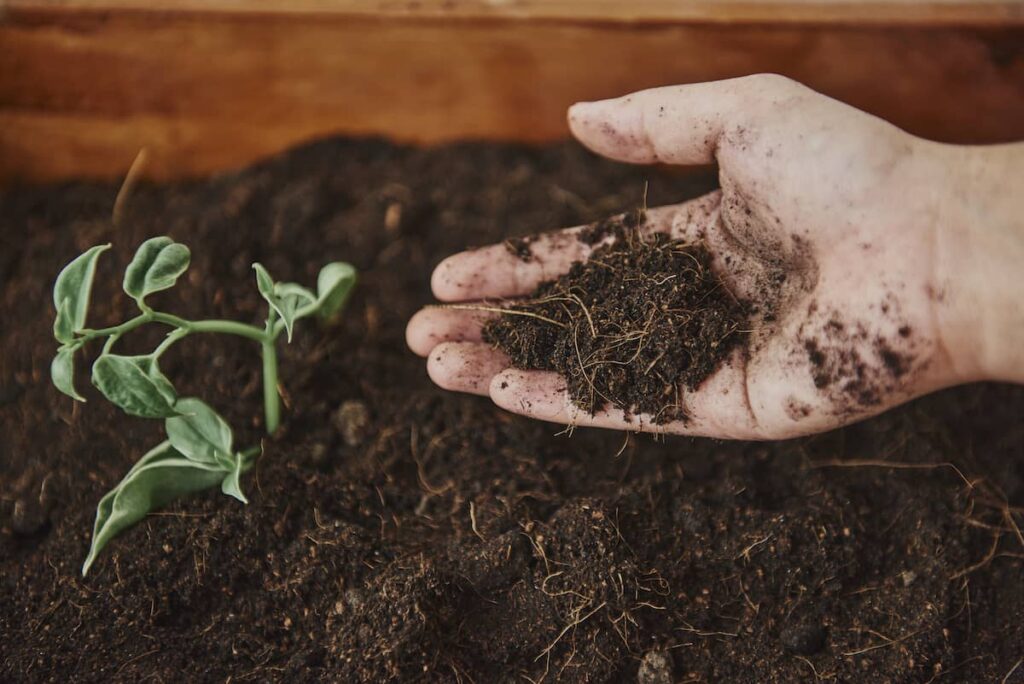
How to Know Your Garden’s Soil Type?
To choose the right plants you can raise and keep in good health; you must know what soil your garden has. You can identify your soil type by touching the soil in your garden. The size of the particles which dominate the soil shows you your soil’s type. Let’s dive deep into soil types.
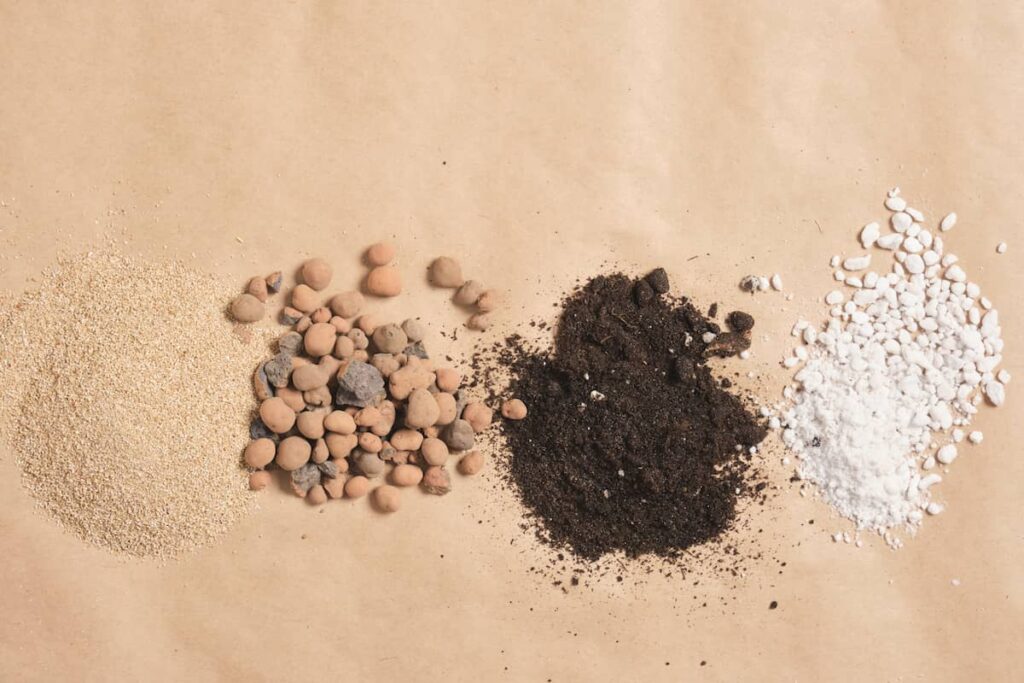
Clay Soil
Clay particles are the smallest ones. It is also known as the heaviest and densest type of soil, making it difficult to flourish for plant roots. Due to tiny spaces between particles, clay soils have a high-water storage capacity. They are rich in nutrients, stick when wet, and are smooth when dry.
Sandy Soil
Sand is mainly tiny pieces of weathered rocks. Its gritty texture makes it easy to spot sand when you touch it. Sandy soil cannot hold water, and it is poor in nutrients. To grow plants in sandy soil, you must improve its ability to hold water and nutrients by adding amendments such as compost, well-rotted manure, or vermiculite.
Silt Soil
Silt soil has larger particles than clay soil, but sandy soil has smaller particles. It is easily compacted and holds more water than sand. It is fertile soil found near water bodies such as lakes or rivers. It is richer in nutrients when compared to sandy soil.
Loamy Soil
Loam is soil comprised of clay, silt, and sandy soil. You can reach the best ratio with equal amounts of sandy and silt soil and less clay. It combines the beneficial properties of the other three types of soil. Besides, it has higher calcium and pH levels due to the inorganic ingredients it has.
What Soil is Best for a Garden?
Having good soil is essential for the plants in your backyard. Loam soil is the best garden soil you are looking for. Thanks to the different types of soil it includes, it has various beneficial qualities.
How Loam Soil’s Ingredients Work
The largest particles in loam soil are sand. These particles are not good at absorbing moisture, but they allow oxygen to reach the roots by providing good aeration. Silt particles in loam soil are better at holding water than sand. It also helps sand and clay blend effectively. Clay particles are the smallest in loam soil. Despite compacting easily and causing low aeration, clay soil is perfect for loam soil with its rich nutrients.
Benefits of Having Loam Soil in Your Garden
Loam soil provides nutrients and water effectively to plants. Water drains through it slowly enough to feed the plants, but it does not remain too soaking, which would cause plants to rot. Moreover, room for oxygen is found in loam soil, thanks to its loose structure. That form also makes it easier for the roots of the plants to spread out.
What are the Optimum Soil pH Levels for Plants?
A pH is the typical measurement of alkalinity and acidity. The range from 6 to 7 is the right level for most plants. Below six is accepted acidic, whereas above seven is accepted alkaline. While some plants require more acidic soil, some prefer slightly alkaline soil. If the soil in your garden has pH levels below or above this range, your plant will not die immediately but will be affected to a high degree. It is a crucial factor in the availability of nutrients to plants.
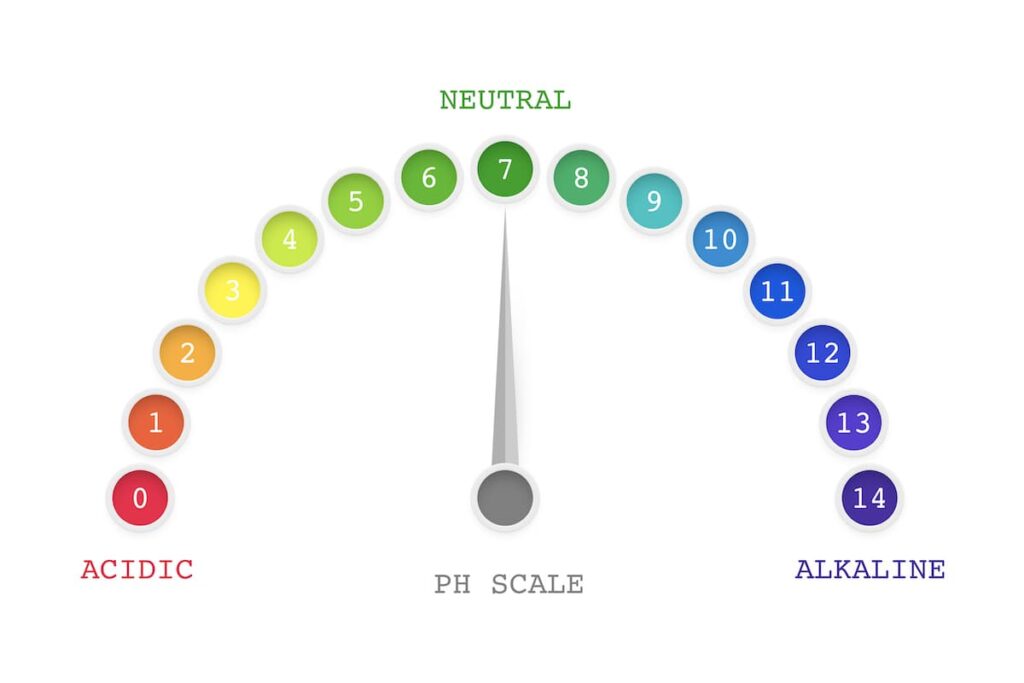
Which Factors Affecting Soil pH?
There are several determinants of a soil’s pH level. Weathering, climate, and mineralogy affect the soil’s pH level in natural systems. People’s intervention also affects pH levels. Nitrogen fertilizers that cause acid or remove calcium, magnesium, or potassium change the soil’s pH balance.
How to Test the pH of Your Garden Soil?
You can have your garden soil pH tested by sending a sample to a lab or by using a test kit that you can buy. Another way to learn about the soil’s acidity is to prepare a DIY test. It will not be as accurate as a test made in the lab, but it will give you an idea about your soil. You need water, baking soda, white vinegar, and two plastic containers.
How to do Your DIY Test?
A very simple DIY test will help you analyze your soil.
Is Your Garden Soil Alkaline?
Collect some soil from your garden and put it in a plastic container. Add some water, and mix. Add some vinegar. If you see a bubbling and fizzing action, the soil is alkaline. Even a minor reaction means you may need an amendment to make it suitable for most plants.
Is Your Garden Soil Acidic?
Collect more soil from your garden and put it in another plastic container. Add some water, and mix. Add some baking soda. If you see a bubbling and fizzing action, the soil is acidic. A slight reaction is natural, but if you see a strong one, the soil is too acidic and requires improvement.
How to Change the pH of Garden Soil?
If the soil in your field is too alkaline, you can lower its pH using sphagnum beat, a perfect source of organic matter. Another way to acidify the soil is to add granular sulfur, which is safe and cheap but slow. Some fertilizers such as diammonium phosphate, ammonium sulfate, urea, monoammonium phosphate, and ammonium nitrate also help lower the pH of the soil. If the soil is highly acidic, add limestone to increase the pH level. Check out the link to get more information on changing the pH of the soil and the ratios of the materials you must use.
How to Improve Garden Soil?
Healthy soil is an indispensable part of growing healthy plants. With some hard work, you can improve the quality of the soil. You can add organic material to enrich the soil, but you are not done with your garden after adding organic material once. You should get a soil test to see whether it works. Another natural way to provide nutrients for the soil is mulching. Besides, you must use various garden locations to plant crops. Adding rotted animal manure is another way to keep the garden soil healthy.
Organic Soil Amendments
Organic amendments are produced from something that was previously alive. They provide many benefits by increasing organic matter in the soil. There are some kinds of organic amendments to list here:
Plant-Based Soil Amendments
While using plant-based amendments, you should be careful about choosing herbicide-free amendments. Wood chips, cover crops, compost, leaf mold, and comfrey are plant-based soil amendments to improve your garden soil’s health.
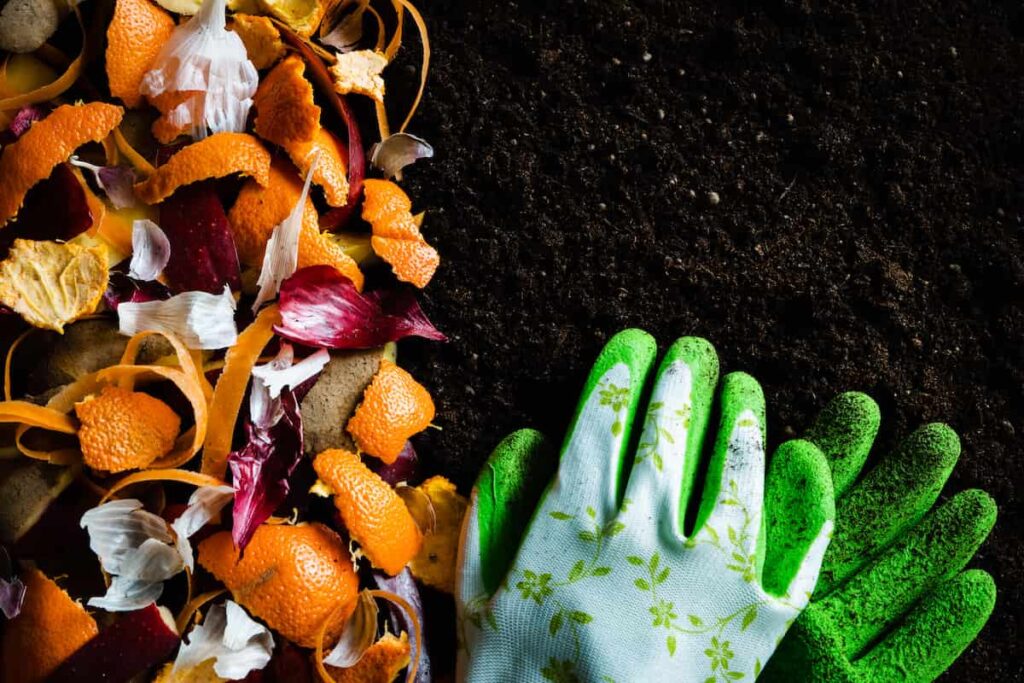
Animal-Based Soil Amendments
Some types of soil organisms are for developing the soil’s fertility. Manure and worm compost is the most used animal-based soil amendments.
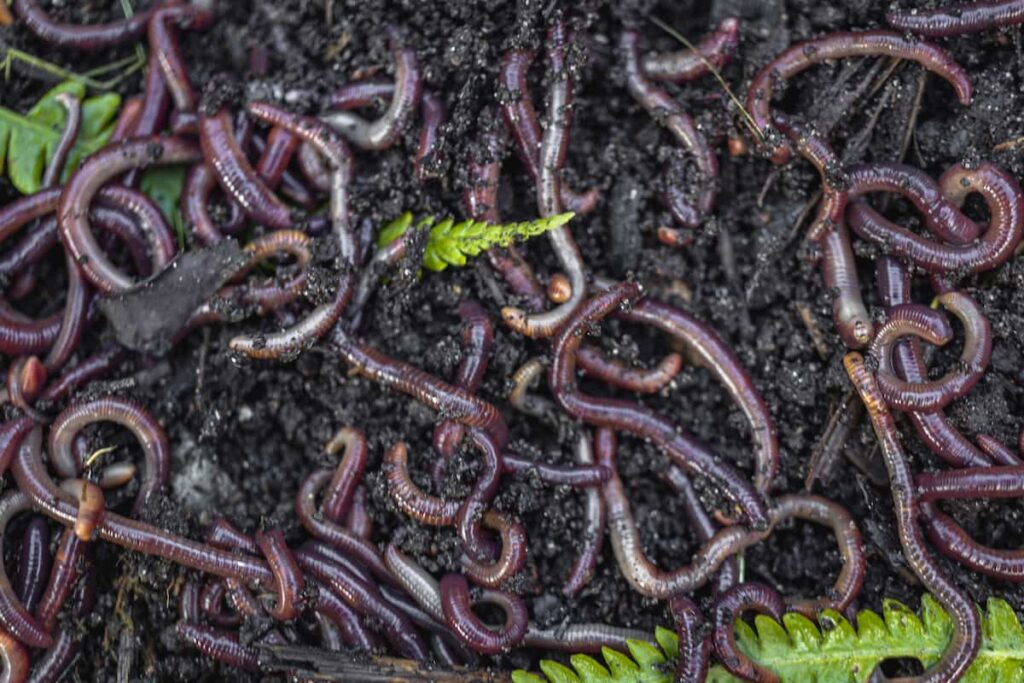
Mineral-Based Soil Amendments
If your garden soil has mineral deficiencies, mineral-based soil amendments such as carbonates, zeolites, sulfates, and greensand will be beneficial.
Inorganic Soil Amendments
Inorganic amendments which provide better aeration and drainage are man-made or mined. Sand, tire chunks, perlite, vermiculite, and pea gravel are primary inorganic amendments.
How to Amend Garden Soil with Organic Matter?
Adding cover crops, animal manures, mulches, or compost is the best way to increase the organic matter supply in your garden soil. You should focus on the upper 6 inches of the soil while adding organic amendments since most plant roots spread out there. Mix some additional nitrogen into your garden if you use high-carbon organic matter. Be careful about the amount of nitrogen you use.
Organic Compost
Organic compost is produced using raw materials coming from organic sources. It blends decayed carbon-based materials such as manure, herbs, fruits, and leaves. You can find commercial compost on the market or produce your compost at home. The crucial point is that the compost must be obtained through an appropriate decay phase.
How to Add Compost?
When your compost is well-rotted, you can use it to enrich your soil. Simply spreading it on the surface will be enough; with worms, rain, and other natural reactions, the compost will reach the roots of the plants. Worms are natural workers transforming the soil and the organic matter into a natural soil amendment. Not using more than 3 inches of compost is a widely accepted rule.
When to Add Compost?
If you use thick or homemade compost, you should add it to the garden in autumn so that it will be decomposed and beds will be ready for planting by spring. If you prefer bagged compost to enrich your soil, you must add it to your garden in early spring. Allow the compost to rest for about two weeks before planting seeds.
Mulching
Mulch is any material left on the soil’s surface to enrich it, avoid erosion, preserve soil temperature, and reduce evaporation.
What is the Best Mulch to Use for a Vegetable Garden?
There are various materials ranging from black plastic to organic compost that you can use for mulching your garden beds, and your choice depends on the type of vegetable you prefer to grow. Black plastic mulch is good for heat-loving vegetables. Straw or shredded leaves that lower the soil temperature can make good mulch for cool-weather crops.
To have healthy plants growing in healthy and fertile garden soil, you should take some steps. First, know what type of soil you have and how much pH it has. Then, improve your garden soil’s quality by improving its pH level and adding necessary amendments. You are ready to enjoy fruitful veggie beds with organic garden soil.
How To Reach Locally Grown Fresh Food?
Urbanicfarm has a revolutionary way to reach locally grown, fresh food. We connect micro gardening producers to the local distribution network across the country. Using the Urbanic Farm mobile app or website, local farmers, home gardeners, and micro farmers connect directly with consumers in their area –and lower freight costs. To build a new foundation for a streamlined fresh food supply chain and social network, UrbanicFarm registers Gardeners–micro farmers and local farms with produce to sell and Consumers who want fresh, garden-direct food. We provide a map of their area updated with the locations and offerings of fresh local produce. If you have a fruit tree, extra produce from your garden, or other food you won’t use, you can offer them free, for sale, or for trade. Many home gardeners offer extra tomatoes, zucchini, and cucumbers from their gardens. Many trades for oranges, lemons, and apples. These are great ways for communities to collaborate and reduce food waste!

